Color Harmony Studio | Personalized Color Analysis Near You

Key Takeaways
- Color analysis is a way to figure out which colors look best on you according to your skin tone, hair color and eyes. It's color science at its core, assisting in forming cohesive personal aesthetics.
- It's a process using swatches and color fans to identify your dominant tones, all in an effort to create a custom palette that highlights your natural beauty and makes wardrobe decisions easier.
- Wearing the right colors for you can amplify confidence, minimize decision fatigue and enhance self-expression to make styling everyday more meaningful and easier.
- where to find professional color analysis services near me Virtual consultations are available for those who can't meet in person.
- Whether it's seasonal, tonal, or flow, there is a color analysis system for every preference and look, allowing you to explore your options and find your perfect palettes.
- Beyond color, things like fabric textures, prints, accessories and makeup tones make a big contribution to looking put-together and pulling an outfit together in a cohesive way that expresses who you are.
Color analysis near me provides a customized experience that helps you see which colors suit you best. Analyzing skin undertones, eye color and hair colors, consultants assist in determining optimal color palettes for clothing, makeup and accessories.
It's the gift that keeps on giving, enhancing your style and confidence by tying them to your personality. Discover the ways in which local pros deliver personalized advice to help you sharpen your closet and choose smartly.
What Is Color Analysis?
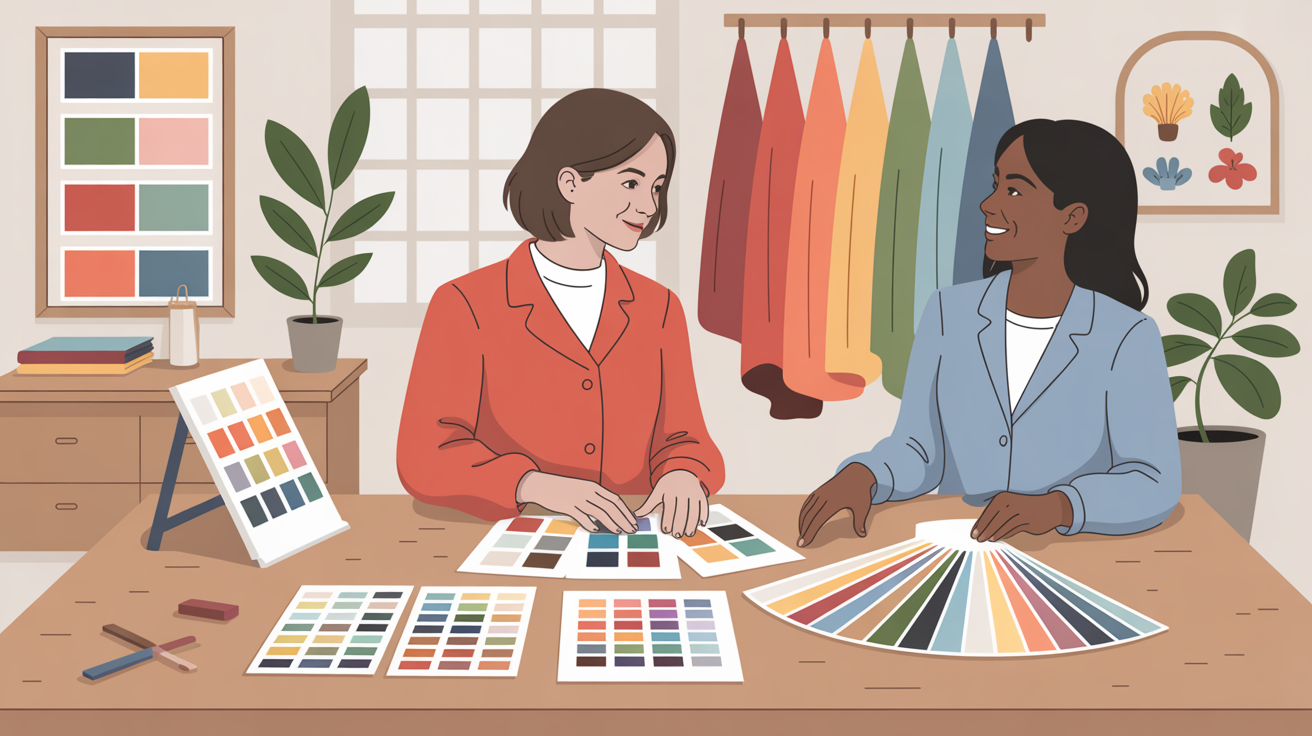
Color analysis is a system that helps you discover which colors are most flattering on you given your personal skin tone, hair color, and eye color. Based in color science, it is used by personal stylists to bring out your natural beauty and construct coordinated ensembles. By identifying you as belonging to one of several palettes, it steers your fashion, makeup and even hair color decisions. The end result is color harmony with your natural features.
The Core Concept
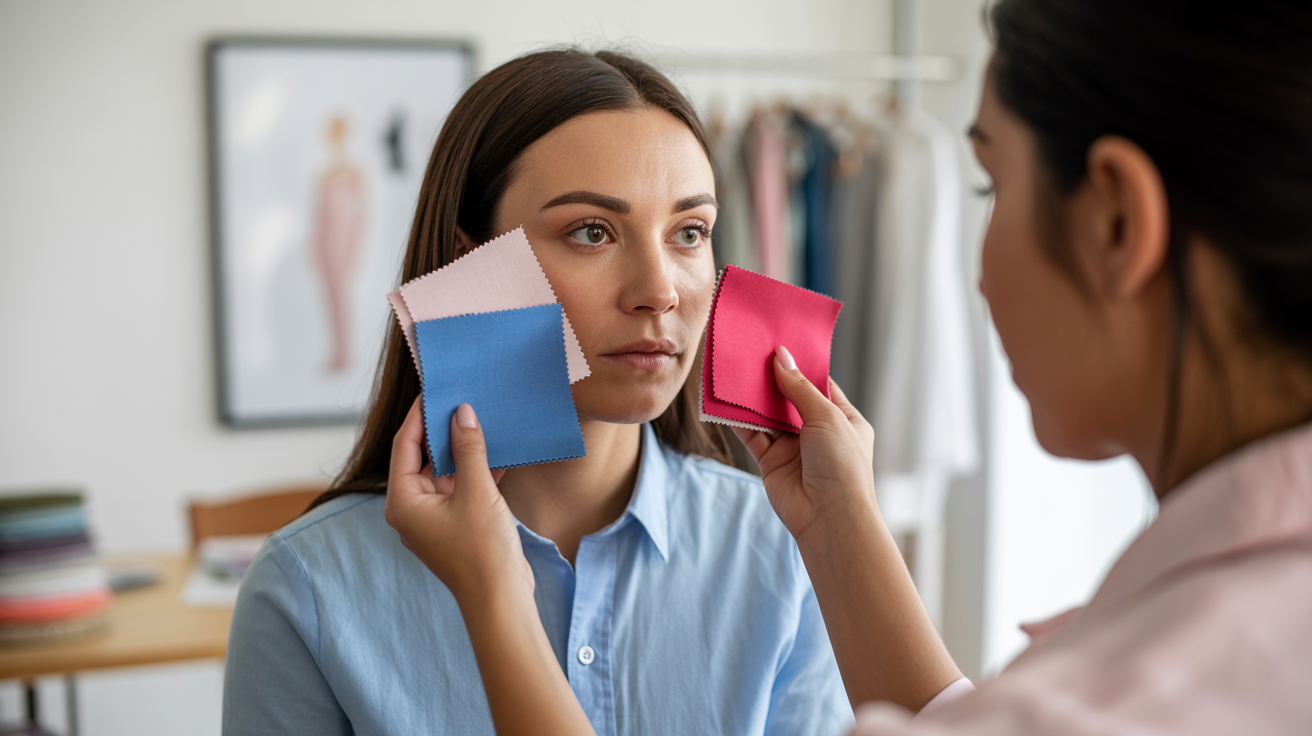
During an analysis session, varying fabric swatches are held beneath the skin to determine how certain tones accentuate or downplay the face. This practical exercise ensures a precise correspondence between the selected colors and a person's inherent coloring, leading to the creation of a unique capsule palette that reflects your personal style.
The secret lies in matching colors to skin tone, eye color, and hair color so they're visually balanced and harmonizing. For example, someone with dark hair and sharp blue eyes could harmonize with jewel tones such as sapphire or emerald that highlight their features. The result is a tailored capsule wardrobe that streamlines future styling decisions.
By incorporating a color picker and understanding color psychology, individuals can explore their ideal color palette. This helps in making informed choices about cosmetics and outfits that truly resonate with their natural features, enhancing their overall appearance.
The Confidence Boost
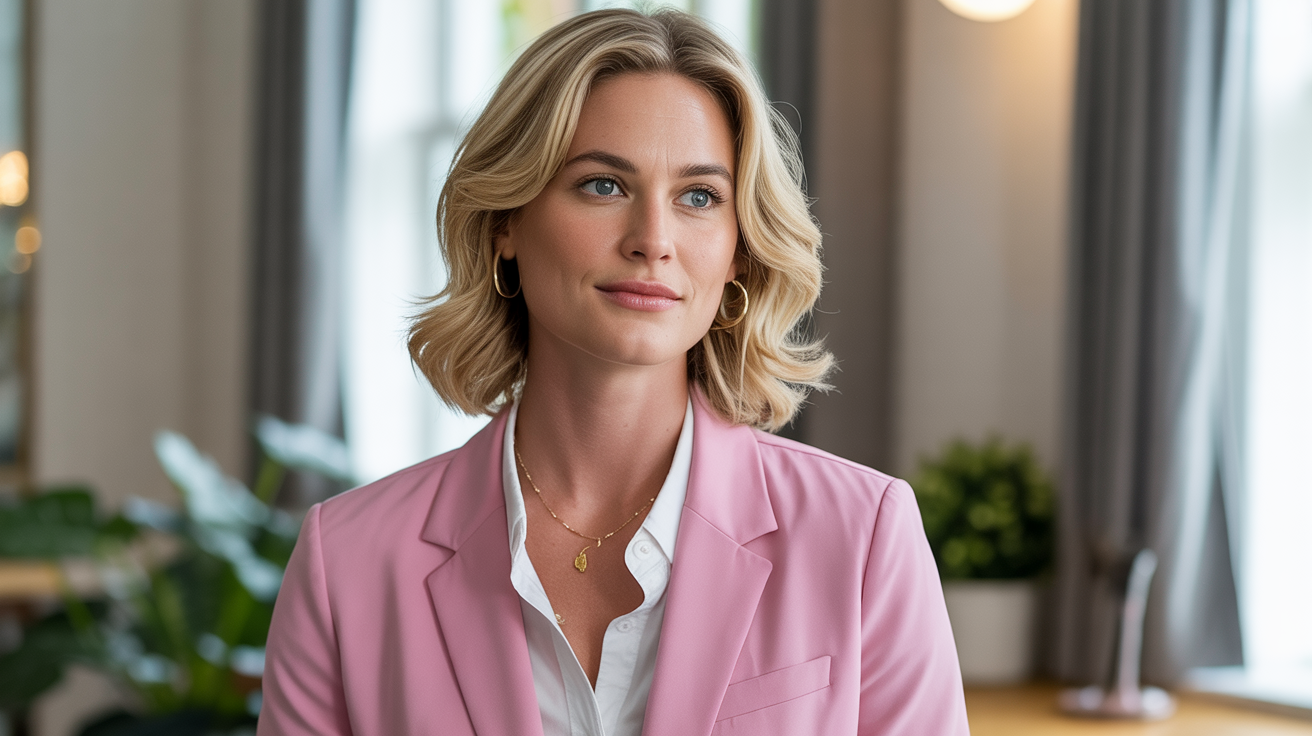
The color analysis in particular could generate confidence from wearing flattering colors. When an outfit is in harmony with our own natural tones, it literally radiates a radiant and poised feel-good factor. Someone who feels good in their clothes will radiate positive energy and confidence.
Color analysis further supports individuals in embracing their natural beauty by guiding them toward selections that resonate as genuine. The psychology of donning complementary colors is remarkable—those colors can warm spirits, bring comfort, and even change others' perceptions of them.
Knowing your palette takes the guesswork out of throwing together an outfit. Armed with a customized palette, deciding what to wear is a snap — freeing up time for other concerns.
The Personal Impact
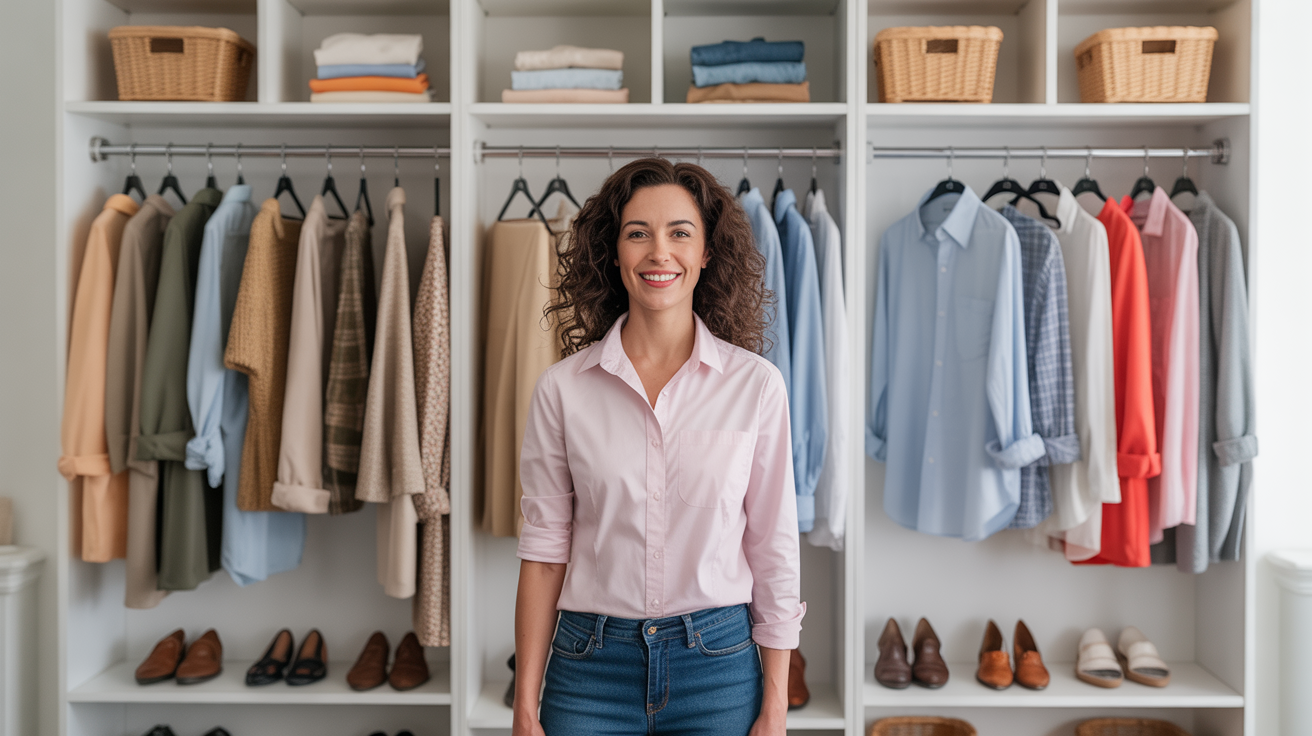
Knowing your perfect color palette pays dividends over time. It'll change up your wardrobe planning, pushing you toward more intelligent buys. Rather than impulse buys, they can make an investment in a piece that actually integrates with their current wardrobe. This is not only good for your wallet, but good for the planet too in a thoughtful way.
When your clothes, accessories and makeup all follow your palette, a cohesive personal style develops. This personalized methodology exudes personality and makes every decision feel purposeful. As an example, a 'warm' Autumn in the four-season method could construct a wardrobe of comforting, fall-like colors such as mustard, rust and deep teal.
Additionally, it can be a tool to boost your professional and social encounters. By wearing the right colors, you can make a great impression, silently telling the world that you're confident, creative or dependable. While not scientifically accurate, it can be a surprisingly useful way to polish your look and make a personal statement.
Find Color Analysis Near Me
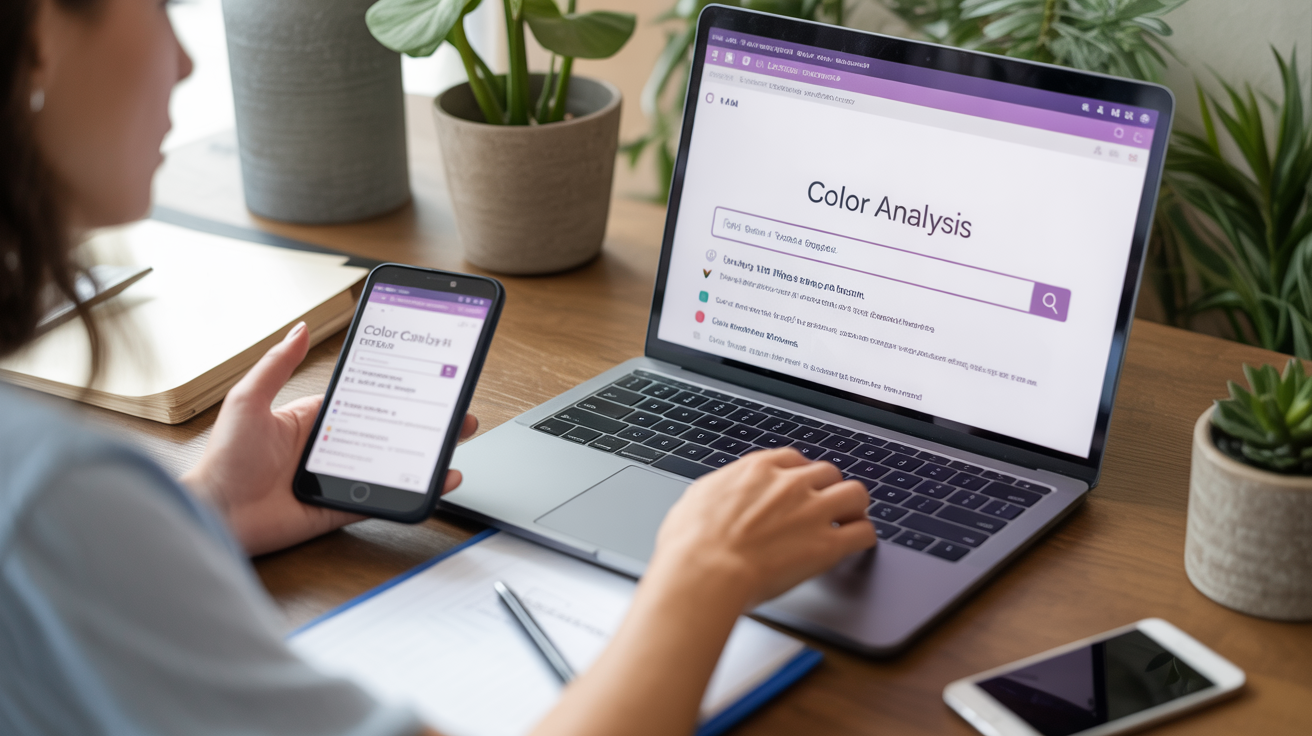
Color analysis, for example, is how you determine what colors look best on you. It's one of the most popular services on the planet for anyone seeking style savvy, a simplified wardrobe, or flattering makeup and hair color choices. From local consultants to online services – how to find color analysis near me.
1. Digital Search
Start your journey by searching for local professionals using search engines with terms like "color analysis near me" or "personal color analysis." Many stylists provide detailed information about their processes, whether it involves fabric draping or identifying your seasonal palette. To enhance your experience, consider looking for a color analysis camera to get a precise understanding of your ideal color palette.
Online booking systems make it easy to schedule appointments that fit your needs. For tailored results, try searching for phrases like "color consult" or "capsule wardrobe palettes." These searches often reveal stylists who specialize in services such as lipstick testing or color type analysis.
Exploring these resources ensures you can compare services and even preview client portfolios, which can include impressive examples of their work with color combinations and personal palettes. This way, you can confidently choose a professional who aligns with your style and needs.
2. Stylist Directories
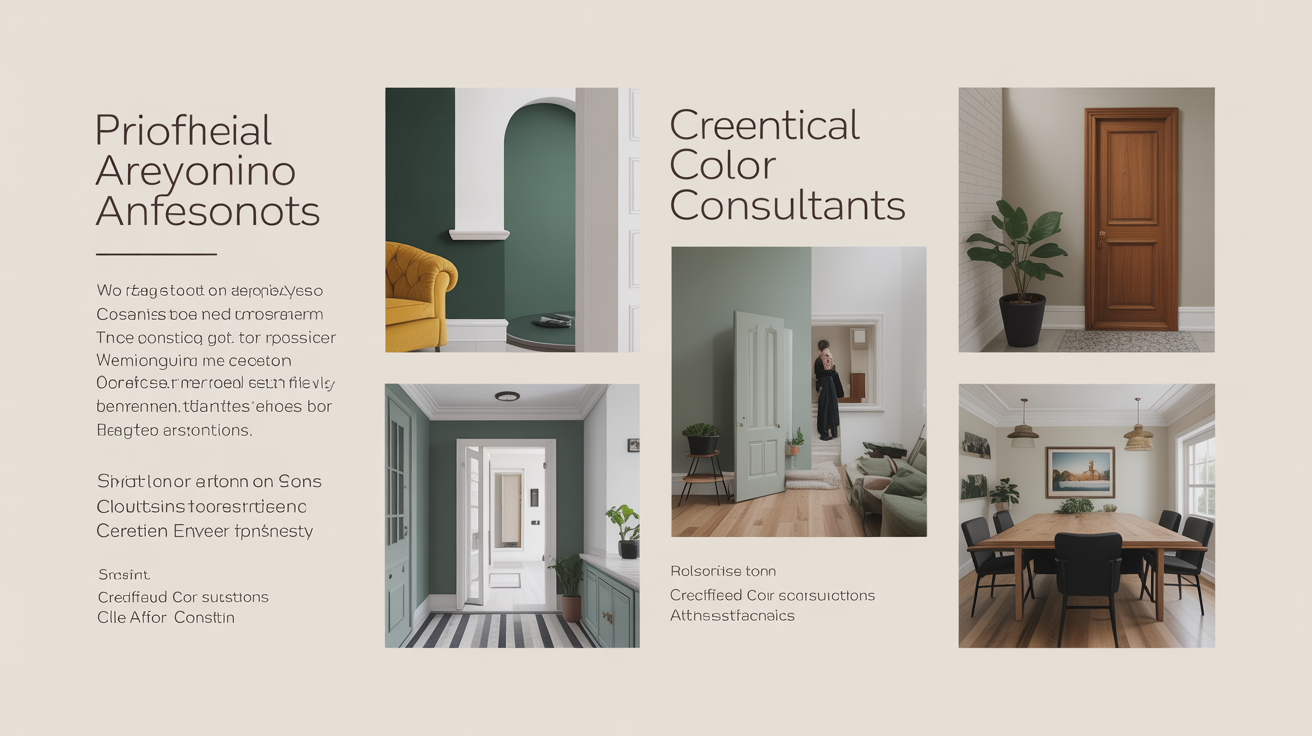
Professional directories are a great way to find certified color analysts. Stylist and wardrobe consultant platforms usually have location filters, assisting you in locating local professionals. These directories usually list the analyst's credentials, e.g., trained in such and such method, like the four seasons color system.
Of course, when looking through directories always check the customer comments! Testimonials give you a sense of the stylists' talent–something that may affect the precision of your analysis.
Some listings even include before and after photos that highlight how a curated palette changes a style.
3. Social Media
Platforms like Instagram and Facebook are rich sources for discovering color analysts. Search hashtags such as #coloranalysis, #personalpalette, or #wardrobestyling for inspiration. Many professionals share visuals of their work, including transformations achieved through color analysis.
Social media permits direct interaction. Contact stylists if you have questions about their process or availability. Others provide virtual consultations, bringing expert knowledge to you no matter where you live.
4. Local Referrals

Neighborhood groups or forums often share valuable style recommendations. These communities can be an excellent resource, especially when members discuss their experiences with capsule palettes and color type selection pages, offering insights into their color analysis experience and the steps involved in finding their perfect shades.
Engaging in local color parties or workshops can provide additional guidance. Members often share tips on using a color picker or fabric preview page to identify dominant colors that enhance their natural features, leading to a more personalized approach to fashion and beauty.
5. Virtual Consultations
Virtual color analysis is convenient and accessible. These often consist of sending in photos or participating in video calls for on-the-spot analysis. Some analysts have sophisticated technology, such as color analysis cameras.
It's just the right fit for a tight schedule or a scarce local market. With virtual consultations, you get the advantage of expert advice along with the ease of making wardrobe, makeup, and hair decisions.
Different Analysis Methods
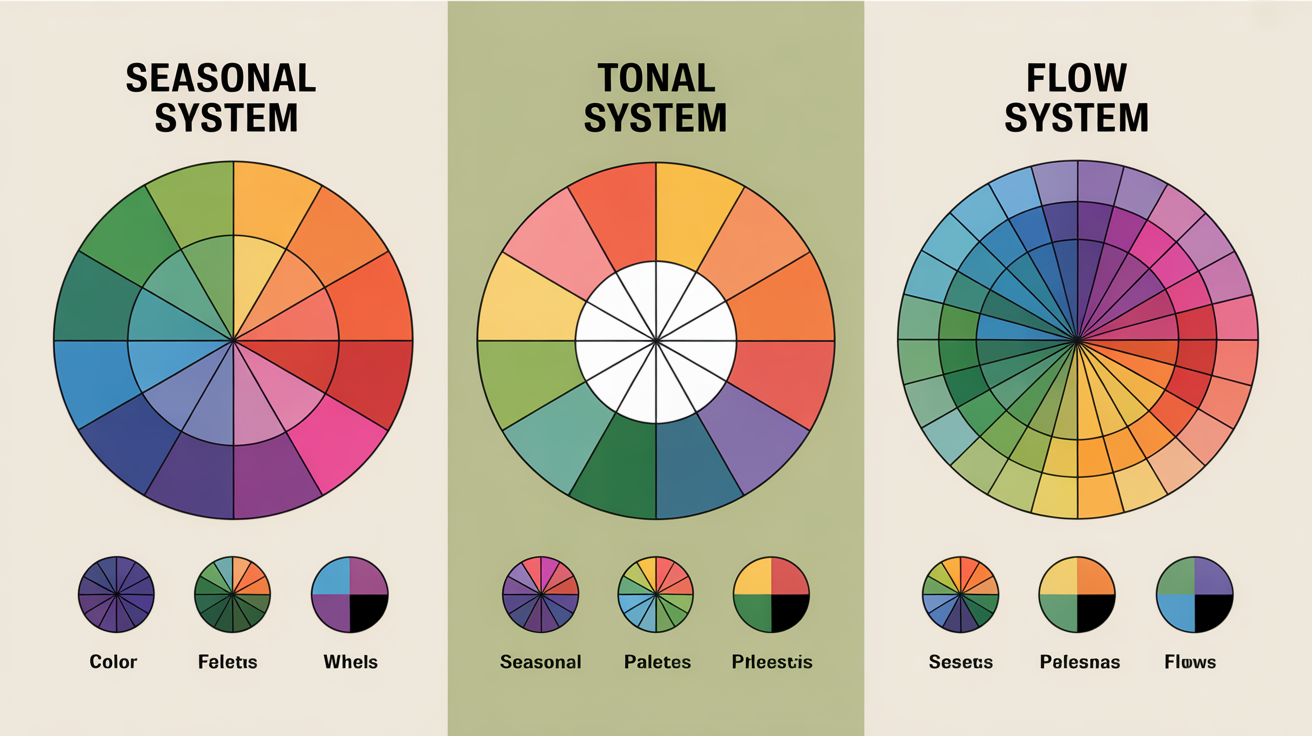
Knowing about the different types of color analysis methods out there is the first step towards finding a system that works with your unique needs and aspirations. These techniques, based in color theory and physique, help you find palettes that compliment your natural coloring.
Below is a table summarizing the primary systems and their characteristics:
| Method | Key Features | Strengths |
|---|---|---|
| Seasonal System | Categorizes into 4 or more seasons based on undertones and features | Simple, widely recognized, structured |
| Tonal System | Focuses on dominant tones like light, dark, warm, and cool | Flexible, accommodates unique combinations |
| Flow System | Combines seasonal and tonal elements, allowing for overlapping traits | Personalized, nuanced, adaptable |
All of the methods identify an optimal color palette in terms of hue, value and chroma, with varying degrees of sophistication. Choosing which approach to use is really a matter of taste and how detailed you want to be.
Seasonal System
The seasonal system organizes people into Spring, Summer, Autumn, and Winter, according to their skin undertones, hair color and eye color. Albert Munsell's color theory is the basis for this approach, highlighting how individual characteristics play with color.
Subdivisions, like the 12-season system and the 16-season system, introduce additional levels of specificity. For instance, Winter might be broken into Deep Winter, Cool Winter and Clear Winter, providing more specific choices.
Seasonal palettes for clothing, makeup, and accessories seek alignment with your natural coloring. Carole Jackson's Color Me Beautiful brought this approach to the masses, in an easy but powerful way. Its bare-bones ease has solidified its renown, particularly among individuals looking for an uncomplicated way to find flattering shades.
Tonal System
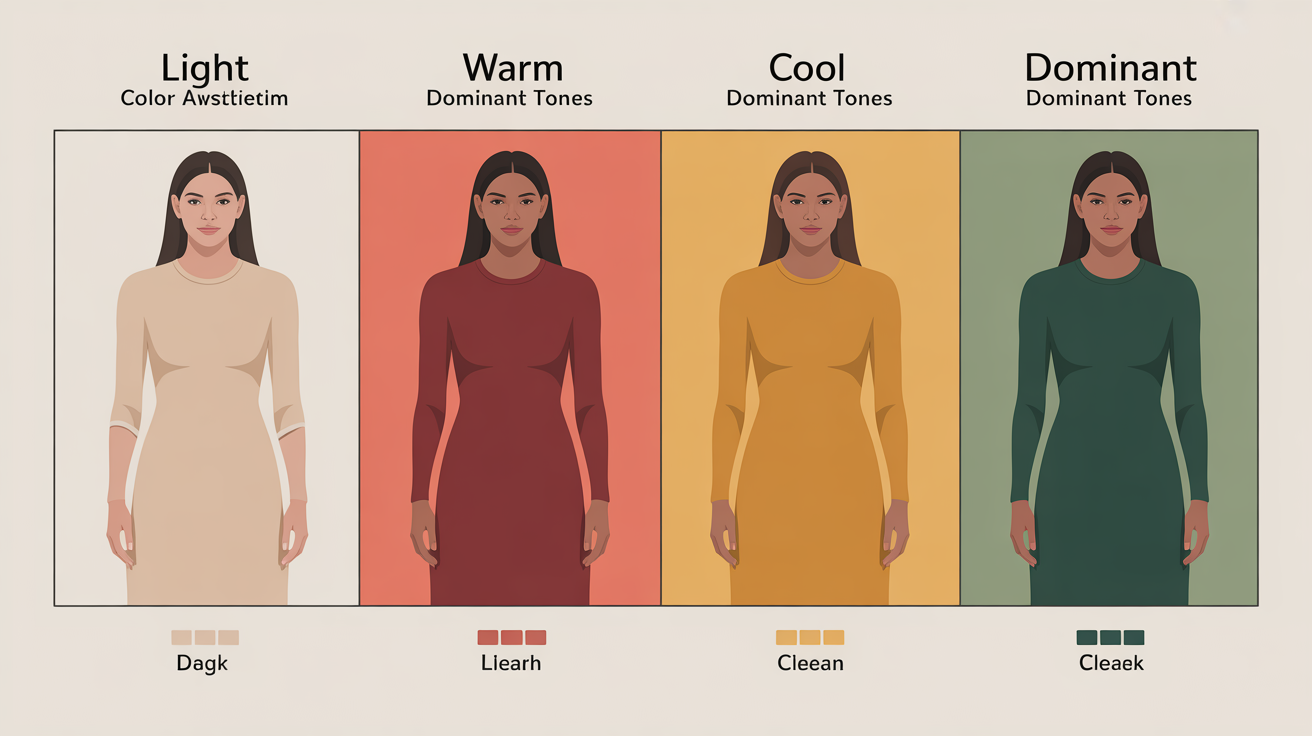
Instead of the seasonal system, the tonal system is based on dominant tones. These light, dark, warm, cool tones tend to emphasize total contrast and balance in appearance. This system is more fluid, enabling all kinds of interesting feature mashups outside of the rigid seasonal constraints.
Another benefit is its wider color selection, catering to those of us who fall in between seasons. For instance, a person with high hair to skin contrast could experiment with bright colors, whereas muted shades might complement low contrast complexions.
This flexibility makes the tonal system attractive to the more eccentric features.
Flow System
The flow system combines aspects of the seasonal and tonal methods, overlapping their features. It recognizes that most people have traits of several types, mixing these into more individualized palettes. For example, a person that exhibits characteristics of both Summer and Spring could be a custom palette with soft, warm colors.
I like this style for complicated or changing characteristics like changing hair or skin tones. The flow system's magic is in its flexibility; it can be messy without direction from experienced practitioners.
Preparing For Your Session
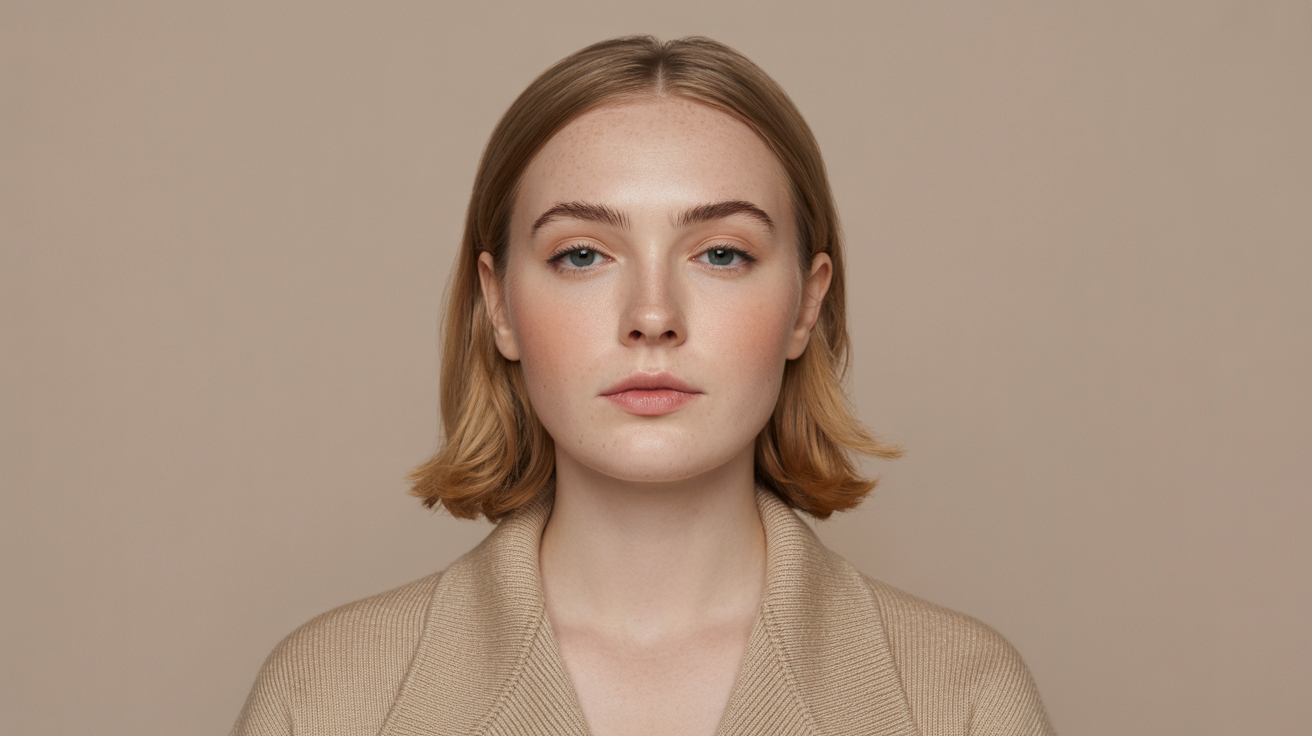
Preparation makes for a successful and insightful color analysis session. By being mentally and physically prepared, communicating openly with your stylist, and approaching the experience with curiosity, you'll be able to get the most out of your session. Here's how to prepare.
- Wear neutral colors and steer clear of bold patterns or bright colors.
- Take off distracting accessories like jewelry or scarves.
- Come with clean natural hair and little or no makeup.
- Prepare questions for how to apply the results to your daily life.
- Be prepared to upload pictures or snap a makeup-free selfie, if necessary.
Your Mindset
Going into a color analysis session with the proper attitude is key. Start with curiosity– approach the session as a chance to learn about yourself. Believe the stylist's intuition — they're taught to read undertones and subtleties you wouldn't notice.
Either by fabric draping or during your virtual visit, their process reveals your most flattering colors. Be open to surprises. You might find that colors you've shied from for years are actually some of your top choices.
This could be an opportunity to shift your perspective on your closet and style. Remember the bigger picture—how adopting a fresh palette can empower your self-expression and confidence in the long run.
Your Appearance
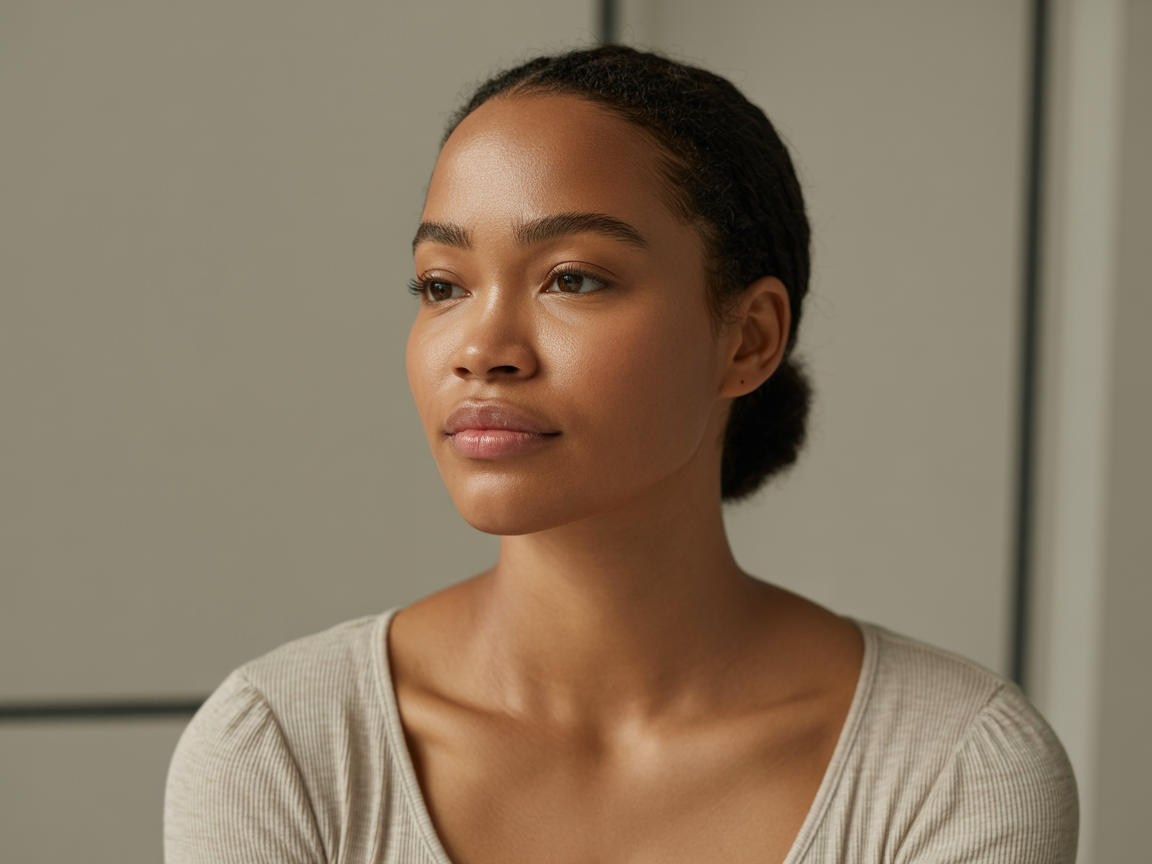
For accurate results, your appearance counts. Begin by rocking little or, preferably, no makeup. Makeup modifies your natural skin tone, so it's hard to know what colors actually work for you.
Again, choose neutral clothing which will not clash during the analysis. Make sure your hair is clean and natural. Things like hair dyes or heavy styling products can skew the way colors play against your features.
Avoid accessories, like bold necklaces or large earrings, for distraction reasons as well. Finally, great lighting. If you're joining virtually, find a well lit area, or take heed of the stylist's photo submission directions.
Your Questions
To make the most of your color analysis experience, prepare thoughtful questions about your ideal color palette.
- This prepares you to know the stylist's process–be it fabric draping, virtual tools, or the "warm vs. cool" test.
- How do I bring my color palette into my everyday life? Inquire about applying the results to fashion, makeup and jewelry choices.
- What are my best neutrals and accents? Define what colors go with what for a cohesive wardrobe.
- What if I hate some suggested colors? Knowing how to customize the palette to your liking is equally crucial.
Beyond Your Color Palette
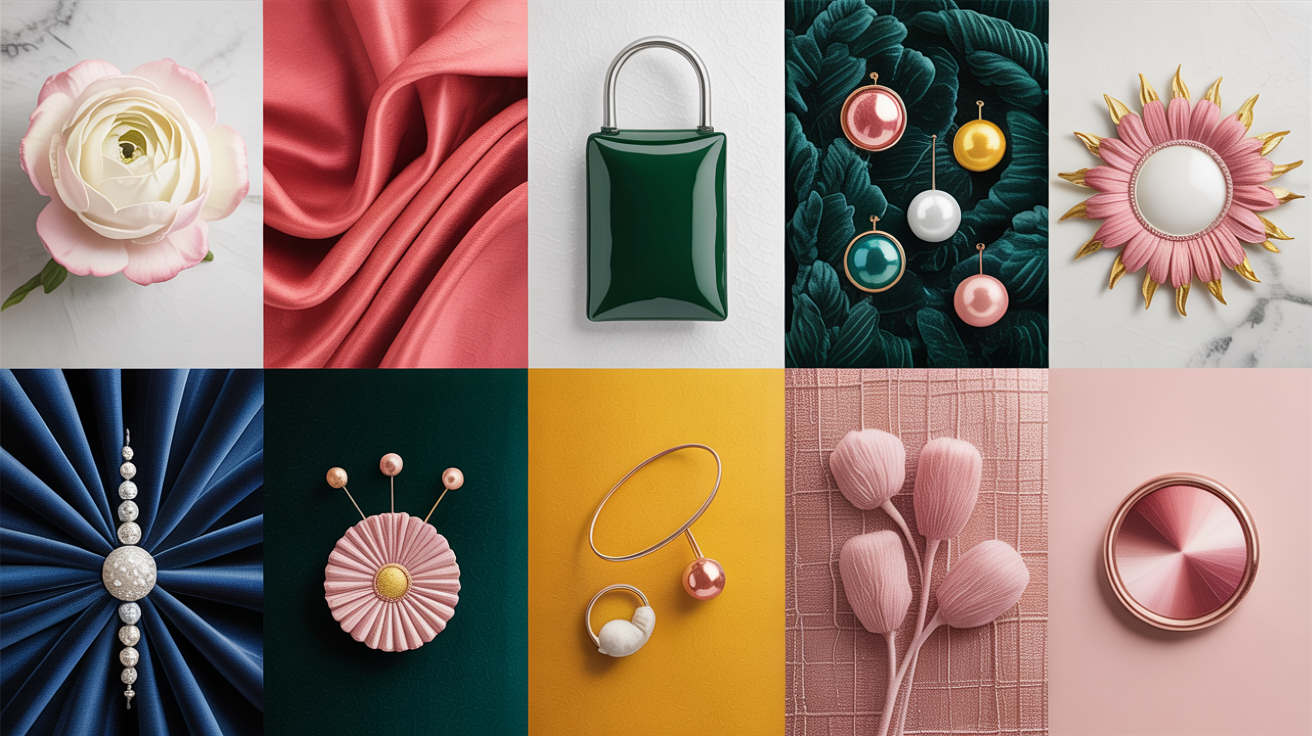
Beyond your color palette. Although following your assigned colors provides clarity, transcending these limits provides personality and exploration. Style knows no limits when you introduce textures, prints and accessories into your styling — it opens a whole new world of possibilities, assisting you in creating a look that's uniquely yours.
Below, we unpack the essentials beyond color that take your style to a new level.
Fabric Textures
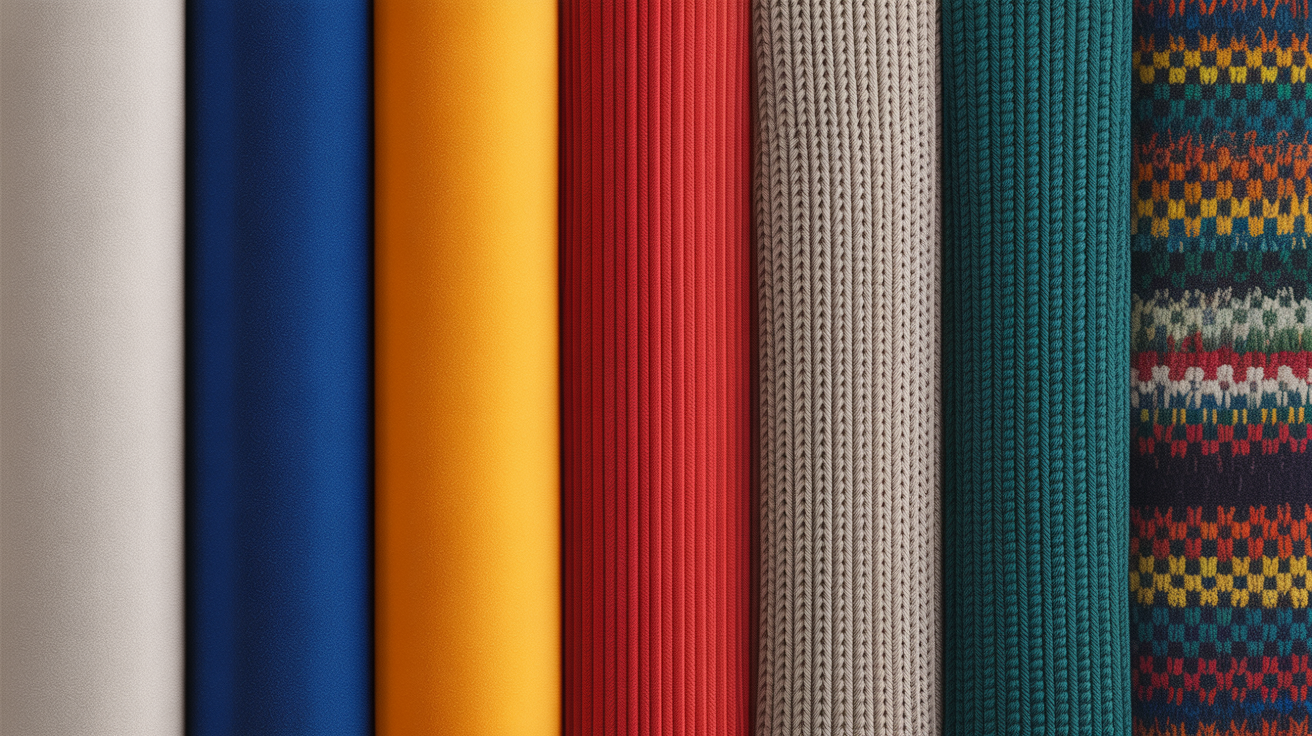
The tapestry of texture can completely change the way a color reads. For example, a matte fabric could tone down a striking color, whereas a shiny-satin surface would make it pop. Textures bring life to your outfits.
Selecting textures that fit your style is just as vital. The minimalist may be drawn to sleek, clean fabrics such as cotton or silk, whereas the eclectic type could dabble in tweeds, velvets or even sequins.
Playing with linen for a laid back aesthetic or leather for an edge can really change the way your wardrobe wears. Using different textures can add contrast and interest.
A chunky knit sweater paired with sleek trousers, for instance, strikes a harmony between softness and structure. By mixing textures, you can transform even the most basic ensembles.
Print Proportions
Prints are a great way to spice up your closet. To balance prints with body shape and size, consider the following:
- Smaller prints for petite frames, larger for taller.
- Vertical stripes lengthen, horizontal stripes widen.
- Steer clear of too busy of a print if you like a clean look.
While balancing prints with your proportions creates harmony, personal taste counts as well. Bold, geometric prints could be perfect for the contemporary set, next to florals which provide a more feminine, timeless vibe.
Prints add diversity, cutting through the boringness of solids and assisting with showing off your character.
Accessory Metals
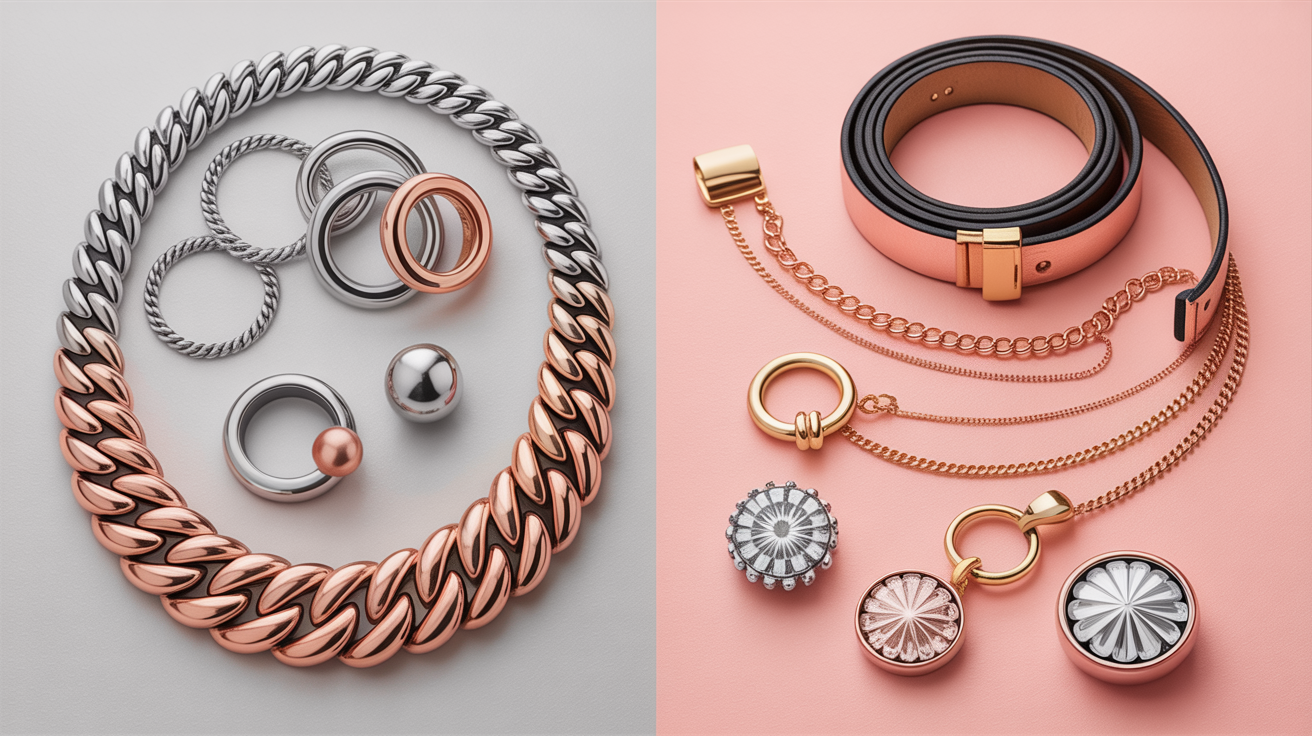
Even the metal tones in your accessories can make or break your look. Gold, silver, and rose gold all play differently with skin undertones. Think gold to warm undertones and silver to cooler tones.
Rose gold is a great choice for neutral tones, as it bridges both the warmth and coolness. Playing with finishes, such as matte versus polished metals, can hone your style even more.
Necklaces, earrings or belts frame your outfit, providing a nice finish. Smart metal selections can pull your style together.
Makeup Tones
Makeup hues, such as lipsticks and blushes, should correspond with your own color palette. Warm shades like coral or terracotta amplify warm undertones. Cool tones like berry or mauve compliment cooler skin.
Seasonal collections are a great way to get inspired with fresh combinations. Beyond your color palette, makeup is about accentuating natural beauty and empowering confidence.
A perfectly picked red lipstick, for instance, can say everything, while neutral shadows look good on practically everyone. The right makeup shades blend with your entire look.
The Digital Color Dilemma
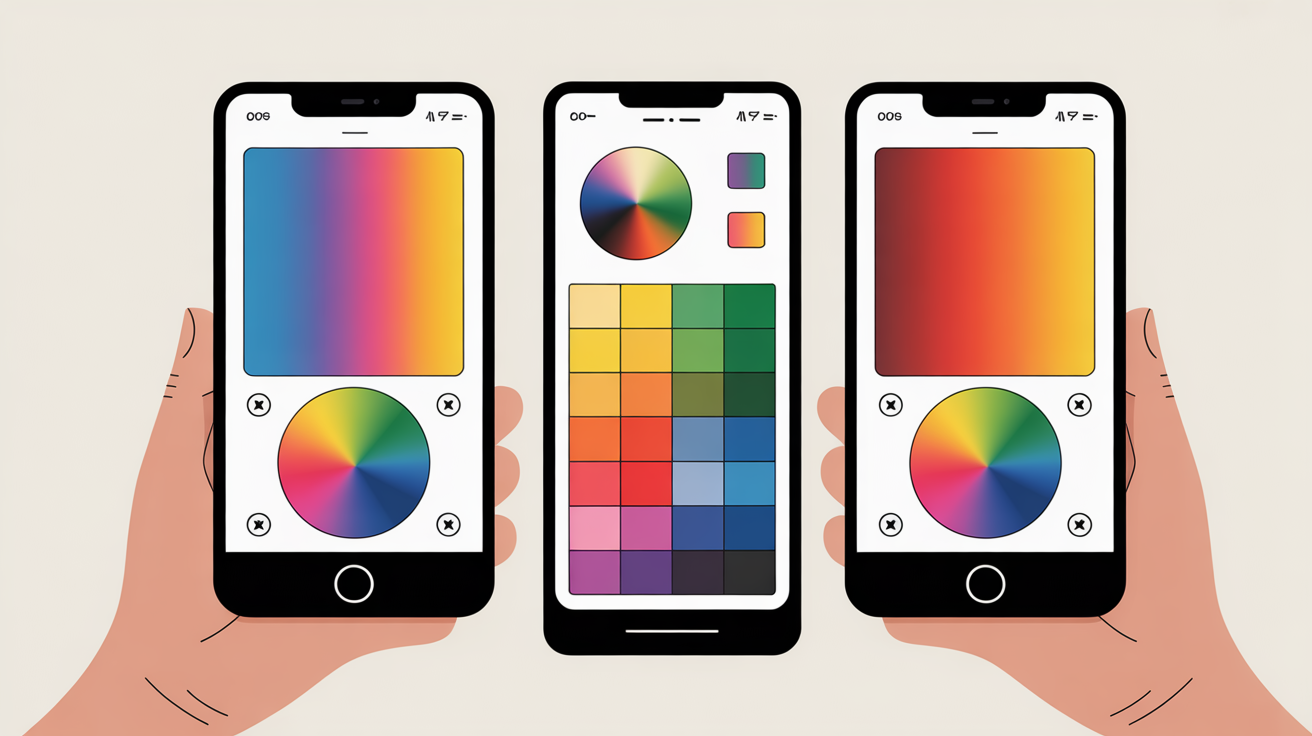
Word-of-mouth remains a trusted source. Ask friends, family, or co-workers if they've consulted a color analyst who specializes in color analysis services. Their personal experiences can lead you to skilled experts who understand color combinations and can help you create your ideal color palette.
When it comes to color, digital is the lazy man's solution — handy, but rarely accurate. Though technology has progressed to where it's fairly accessible, it can't always replace good old fashioned human knowledge. To comprehend these lacunae we need to explore the shortcomings of digital approaches and the unique value of the human touch.
App Limitations
App-based color scanners, meanwhile, seem like a fast answer for color analysis services. However, their algorithms often struggle to accurately assess people's preferences and undertones. For example, while an app might suggest a shade of red, it fails to differentiate between warm and cool reds — essential factors in determining how flattering a lipstick shade can be.
The impact of lighting and photo quality adds another layer of complexity to accurate color matching. A dimly lit picture or one captured under yellow light can distort undertone evaluations, leading to recommendations that feel 'off'. Users have voiced concerns about the lack of customization; for instance, you can't compare multiple swatches or adjust your preferences to create a personal palette.
While some users prefer a single swatch to minimize confusion, many appreciate a broader selection. This demand for variety highlights the app's shortcomings in delivering a truly customized color analysis experience. Such tools can introduce foundational ideas, but they shouldn't be relied upon for definitive color type selection.
Screen Inaccuracy
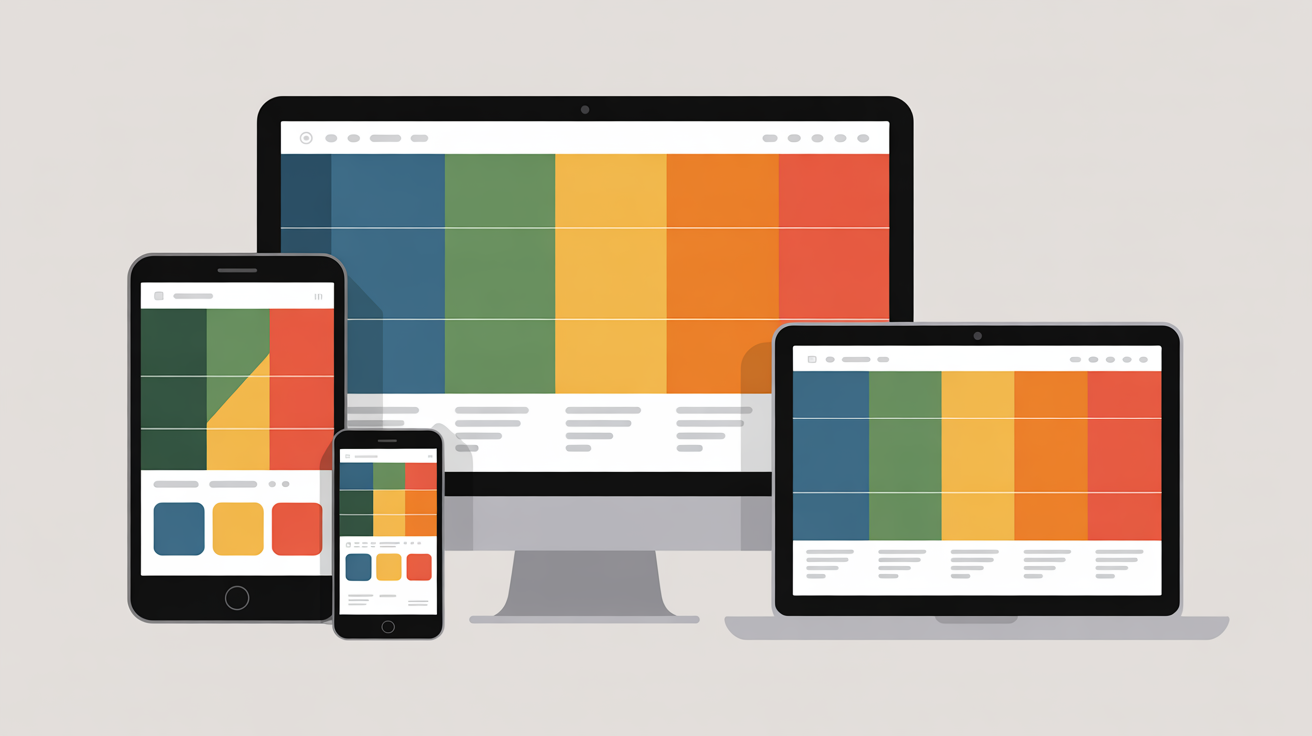
At the core of color analysis is the search for prominent tonalities in a person's coloring. Undertones, either warm, cool, or neutral, have a major impact on which colors suit you. For instance, an individual with cool undertones might appear radiant in colors such as icy blue or silver, while warm undertones complement more earthy tones like terracotta or olive green. Utilizing a color analysis kit, experts evaluate these undertones to provide a more personalized experience.
Digital screens, as much as they're part of the modern condition, are tragically broken when it comes to color. Brightness, contrast and resolution vary between devices, stretching and compressing color hues in unpredictable ways. A color that pops on one monitor, might fall flat on another, making it hard for us to feel assured in our selections.
Realistic color rendition continues to elude digital domain. Design teams have toyed with screen-based hues like transitioning from light green to dark blue highlighting to give an elegant feel. Yet such tweaks still cannot ensure precision. Cross-referencing digital suggestions with in-person consultations is a more reliable route toward discovering your best colors.
The Human Element
Professional stylists inject a unique richness into color analysis. They can perceive nuances of colors and articulate why one shade of a color is more effective than another. Take, for instance, the relationship between fabric texture and skin undertone—a balance that demands both expertise and gut feeling — things no app can copy.
Personal interaction breeds customized solutions as well. Stylists can mix it up with body language or particular concerns, such as finding clothes that make you feel confident. Pairing the humans with the digital, after all, is where the magic happens — providing ease without losing accuracy.
Conclusion
Discovering the accurate color analysis can feel like a revelation. It's not just selecting shades, it's learning how colors complement your natural attributes and empower your confidence. Whether you opt for in-person sessions or check out online tools, it unlocks a fresh new perspective on style. With a little preparation — such as knowing what to expect and having an open mind — you can maximize your session.
Color analysis isn't a one and done kind of thing, either. It becomes integrated into your shopping, your wardrobe and your style. Make the leap, locate a reliable professional in your own backyard, and discover how colour can transform your daily existence.
Frequently Asked Questions
What is color analysis?
Color analysis is great for pinpointing shades that complement your coloring, including your skin tone, hair, and eyes, helping you create a beautiful makeup book and informed capsule wardrobe.
How can I find a color analysis service near me?
Search something like 'color analysis near me' and explore reviews on color analysis services.
What are the benefits of color analysis?
It gives you confidence by assisting you with selecting flattering colors from your ideal color palette. It saves money, as you won't purchase cosmetics that don't work on you.
Are there different types of color analysis methods?
Yes. Popular techniques like seasonal palette and tonal analysis categorize colors as warm or cool.
How should I prepare for a color analysis session?
Be sure to wear neutral colored clothing and light makeup to assist the color analyst in focusing on your natural features for precise color analysis.
Can color analysis be done online?
Yes, a few stylists do virtual sessions for color analysis services. However, in-person analysis is often more accurate due to better lighting and direct observation.
What happens after a color analysis session?
You'll be gifted with a custom color palette, including options for lipsticks and accessories, to inform your wardrobe and enhance your color analysis experience.